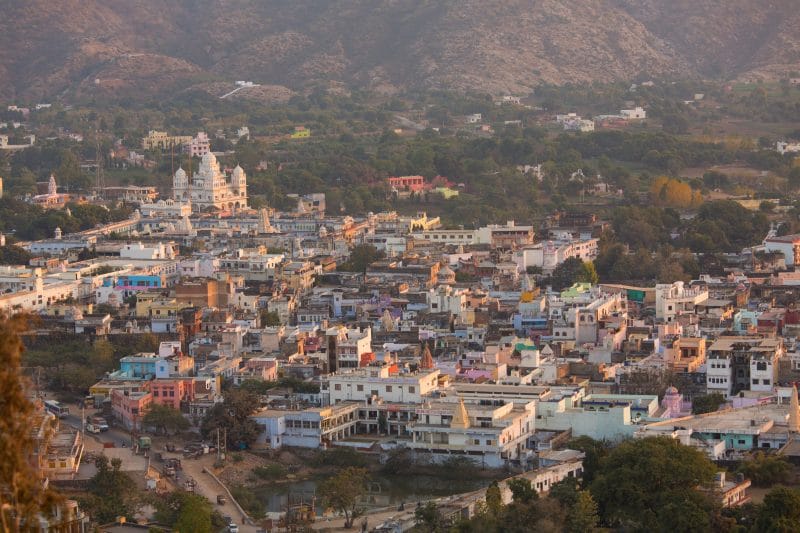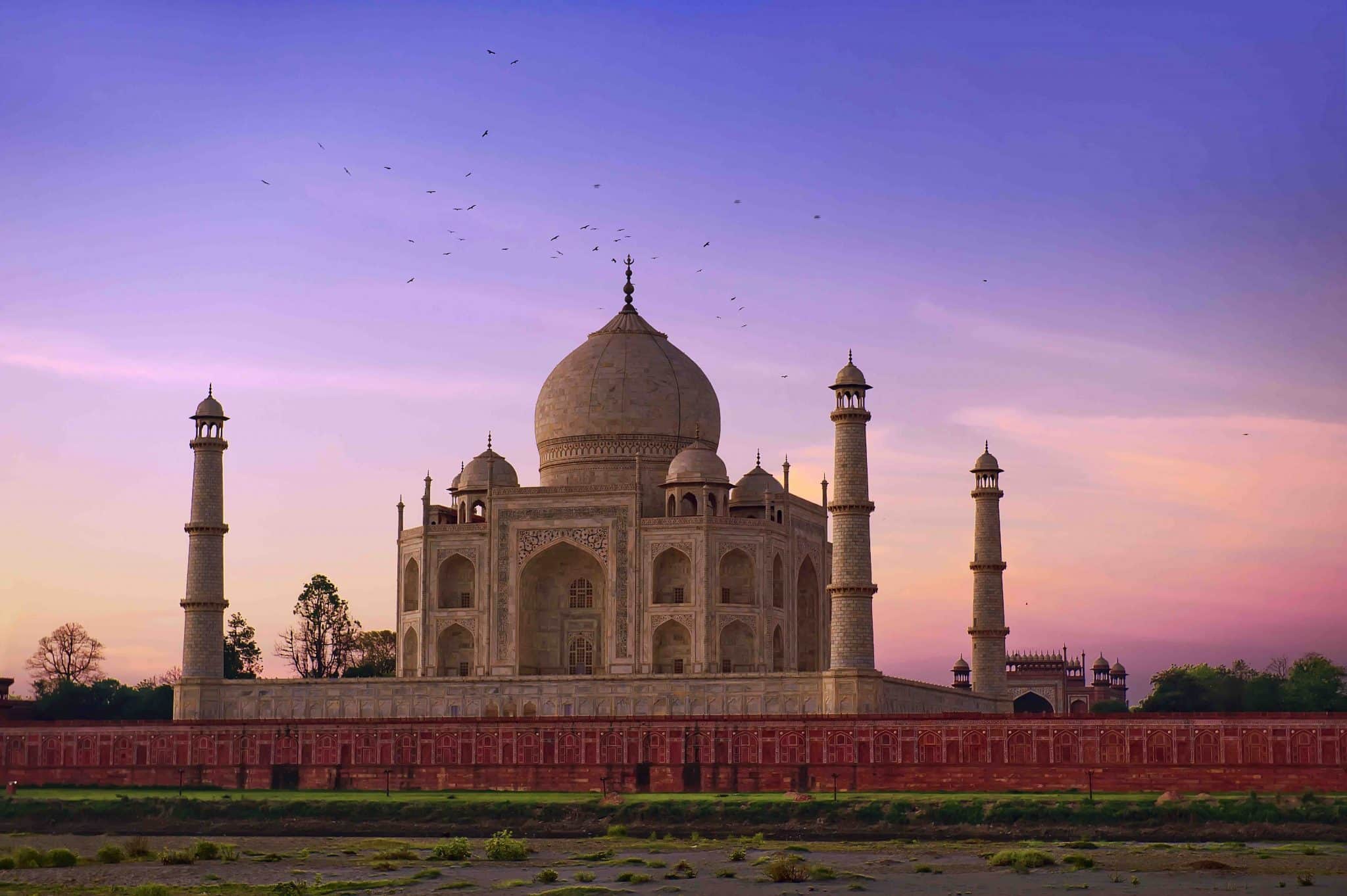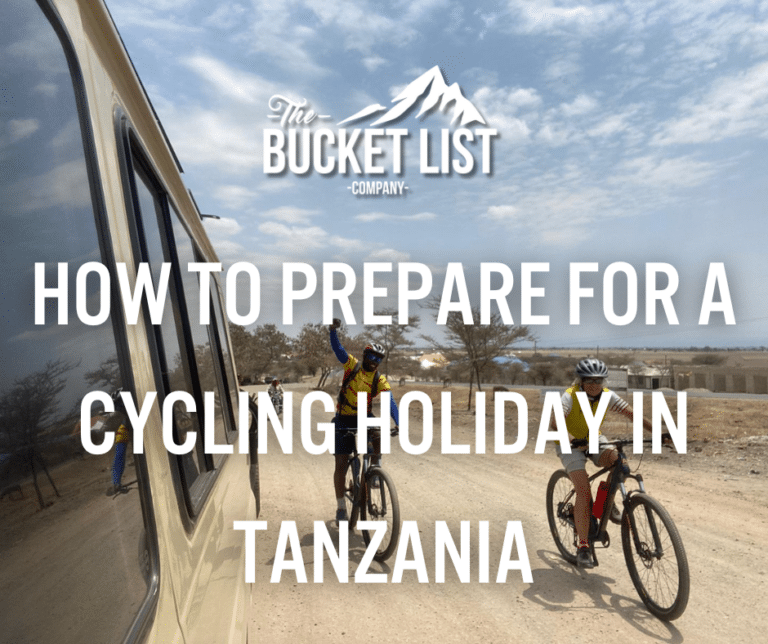When Is The Best Time To Visit India?
It deserves a spot on every adventure-junkie’s Bucket List,
but when IS the best time to visit India?
India is massive. It’s no wonder you’re thinking about heading to this stunning country, with so much going on there and a bucketful to do. But when a country reaches that sort of size, you start to experience diverse weather conditions across the different states.
So when SHOULD you go to India?
If you’ve just tapped “when is the best time to visit India” into Google, you’re in luck, the answer’s here. In fact, the short answer is here too: the best time to go to India is easily December to early March.
But why? And are there better times to visit different regions in India? Keep reading and you’ll find out.
Climate in India
India’s well known for its monsoons, which hit the coast in the southern region of Kerela at the end of May and spend the next month or so spreading northeast. “Monsoons” doesn’t mean you’ll be constantly cold though, not on your nelly. Monsoon season in India means you’ll be exposed to frequent and fairly lengthy downpours then treated to blasts of hot sunshine in between.
The monsoon season isn’t just rainy either, it’s seriously humid too. Flooding occurs pretty often thanks to those monsoons, especially in the north-western jungle regions and low altitude areas of Bengal. And in the nearby Himalayan foothills, landslides happen all too often which cause huge disruption for the people there.
So it really does count to work out when the best time to visit India is. Let’s find out.
When is the best time to visit Indian Himalayas?
Short answer: November to February
Speaking of the Himalayan foothills, they should be on any avid adventurer’s Bucket List, so if you’ve got your heart set on them, make sure you avoid visiting during that period of heaviest rainfall, from June to August.
You do not want to be caught up in any landslides or exposed to intense downpours when you’re hiking those hills.
Best go for the driest season instead, from November to February. The temperature drops the higher up the Himalayas you go, especially in January and February, but it’s always worth layering up as it means you can avoid the dangerous rains.
Our India Himalayan adventure runs for 11 days in January, when you can expect all the luscious leftovers of the rainy season, without getting soaked.
When is the best time to visit Delhi in India?
Short answer: November to February
Delhi’s got its own climate going on, with plenty of extreme weather throughout the year. Not a lot of snow though, we’ll admit that.
The climate is subtropical in Delhi, which means milder, sunny winters before the heat intensifies for early summer. And then the old favourite splishy splashy, super humid monsoon season hits again in late summer.
Those intense temperatures radiate Delhi from March to June and the rains fall from July to September – so the best time to make sure you avoid both entirely is definitely November to February.
No trip to India would be complete without some time in Delhi, so we always bookend our Himalayan Bucket List adventure with rikshaw rides, markets and tours of the very best of this bustling metropolis.
When is the best time to visit Goa and the coast in India?
Short answer: January and February
The Indian coastlines in the Goa and Kerala regions experience intense humidity and their heaviest rainfall from late May until September every year. And that’s not the sort of “heavy” rains you’re used to in [un]reliable old Britain.
(That’s super-soaking, unrelenting deluges of big fat rain drops, so dense you often can’t see further than a few feet in front of you. The sort of thing that puts a bit of a downer on your beach vibe in Goa.)
Your best time to visit Goa to get the most out of the beaches is easily January and February, when you’ve still got gorgeous temperatures to enjoy (often around 32°C) with plenty of sunshine. Stay much later than February and you might expose yourself to a little too much heat, and some faintly unpleasant winds too.
When is the best time to visit Jim Corbett National Park?
Short answer: November to February
Jim Corbett is India’s oldest national park and was the first place to start protecting the endangered Bengal Tiger. It’s beautiful, packed full of flora and fauna with so much to see and learn – but when should you visit?
For the best chance of seeing a trove of endangered animals (without the rain hampering your efforts), you’re best off visiting between November and February, when all of the park is open to tourists and the heat and rains aren’t particularly intense. The animals often come out to laze in the sun at this time, so if you want to tick some incredible birds and mammals off your Bucket List, the turn of the year is the time to do it.
On the Bucket List Company’s Himalayan Adventure, you’ll visit the Jim Corbett National Park in January, heading out on two safaris in the Bijrani and Jhirna ranges, in search of the Bengal tiger. Even if you don’t spot one, the park holds so much magic, you probably won’t even remember what you were looking for.
Summary: When IS the best time to visit India?
India’s got a LOT going for it and just a quick look through those different “best times to visit” makes one thing obvious: December to February is the sweet spot.
No intense monsoons to hide from. No overly hot sunshine to worry about.
Just you, a beautiful country, and some of the most incredible flora and fauna on earth.
If you’d like to get to grips with India, Bucket List Co-style, why not find out more about our Indian Himalayan Adventure? Taking place in January, you’ll get the best of the weather in India and tick all sorts off your Bucket List.
The trip is the perfect balance of relaxation and mental restoration, with morning yoga and evening temple trips. Then oodles of adventure packed in between.
Bit of a daredevil? You’ll enjoy flying 400m across the Ganges, 65m up on a zipline.
Want to feel “at one” with water? You’ll be at home on the raft, learning to take charge of the boat and steer down the sacred river Ganges.
Love nature? Canyoning in the Himalayan foothills is like no other trekking on earth. You’ll see breath-taking waterfalls and panoramic valley views, all with a monolithic backdrop of majestic mountains behind you.
You’ll take life by the horns, get your pulse-raising fix and see the world in all its glory when you visit India in January with the Bucket List Co. If you don’t book it now…will you ever?

 Basket
Basket






